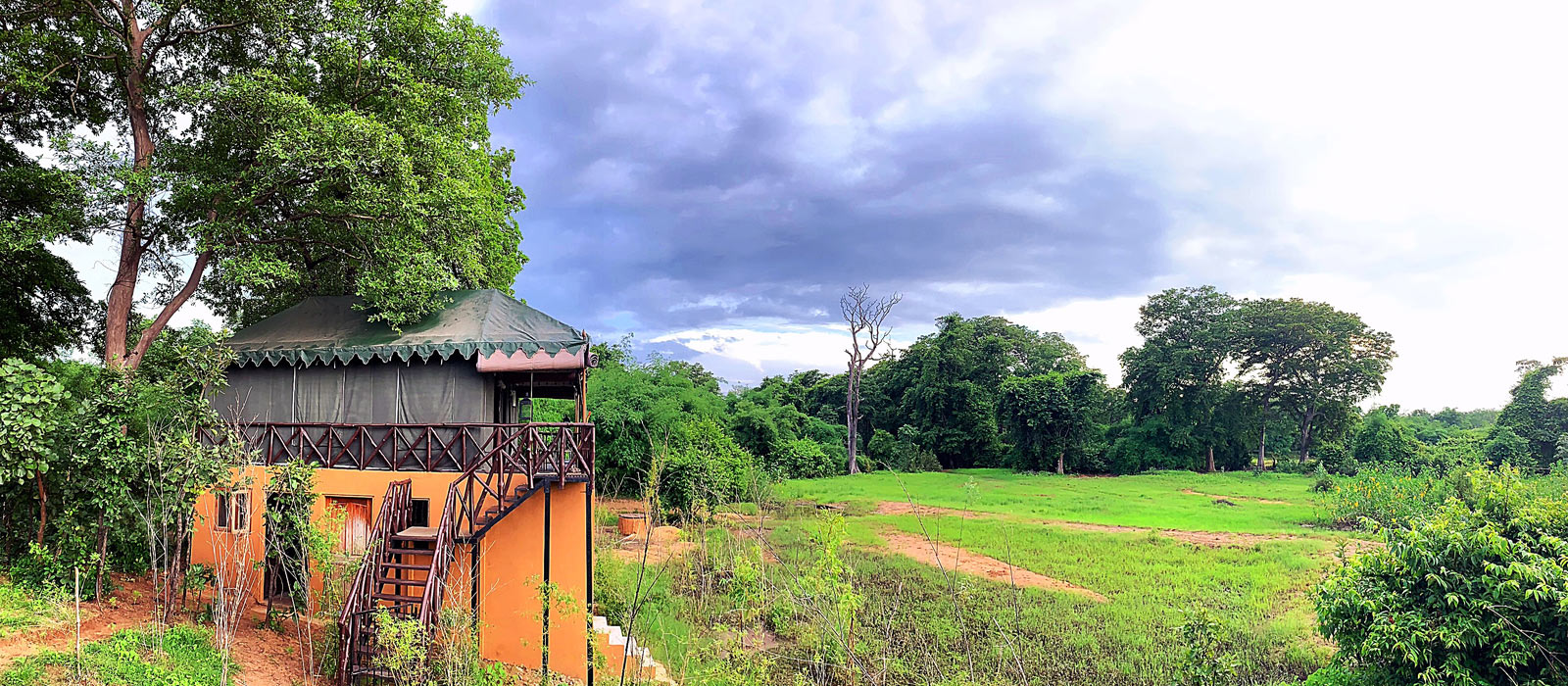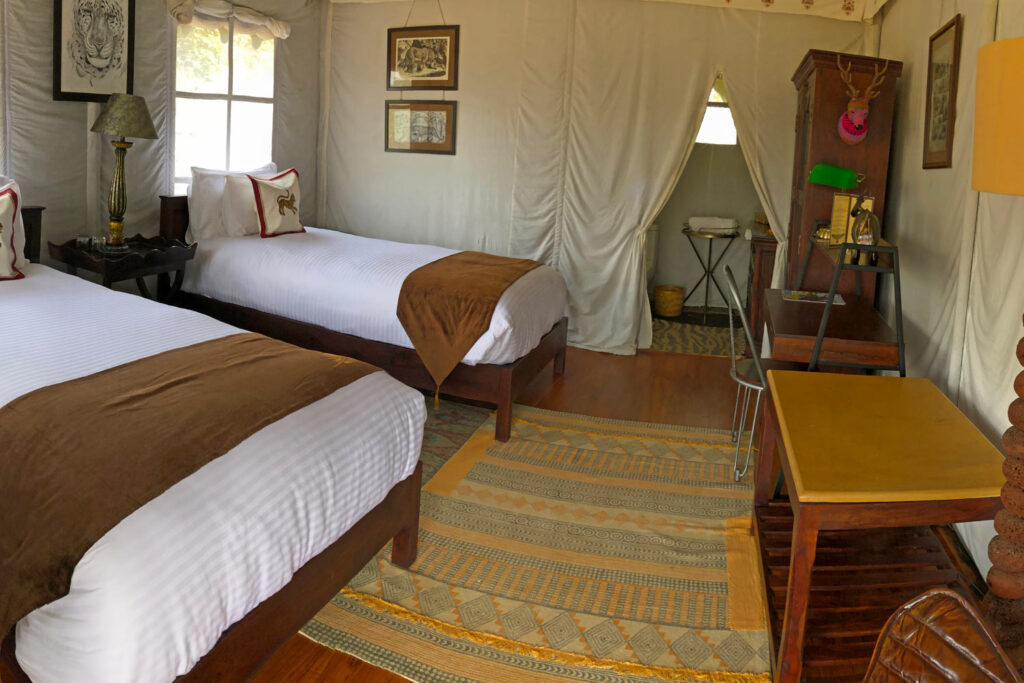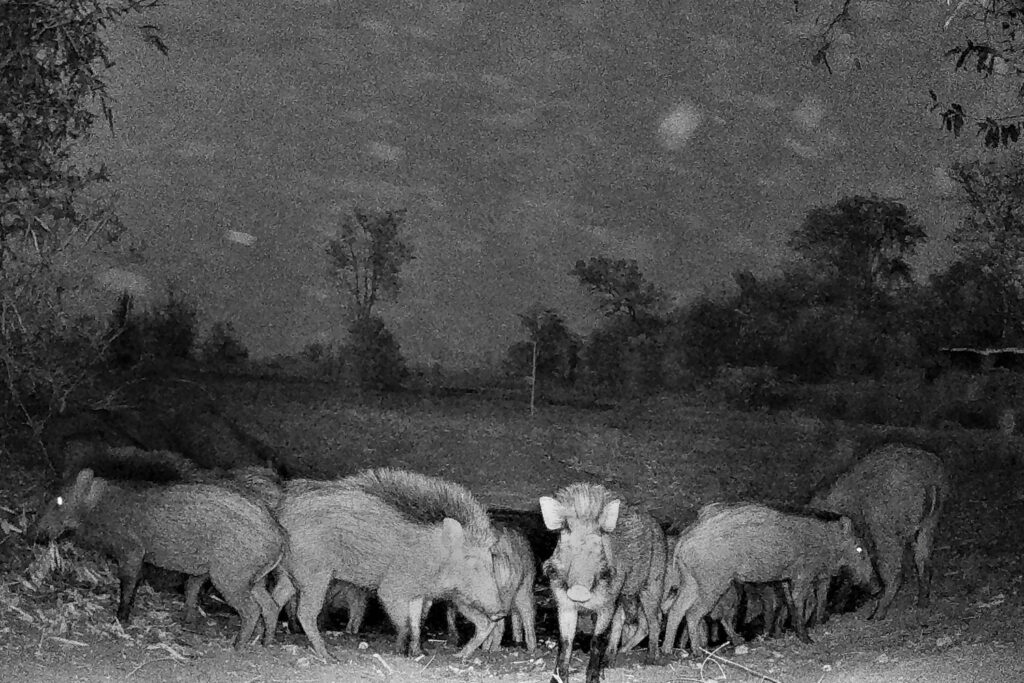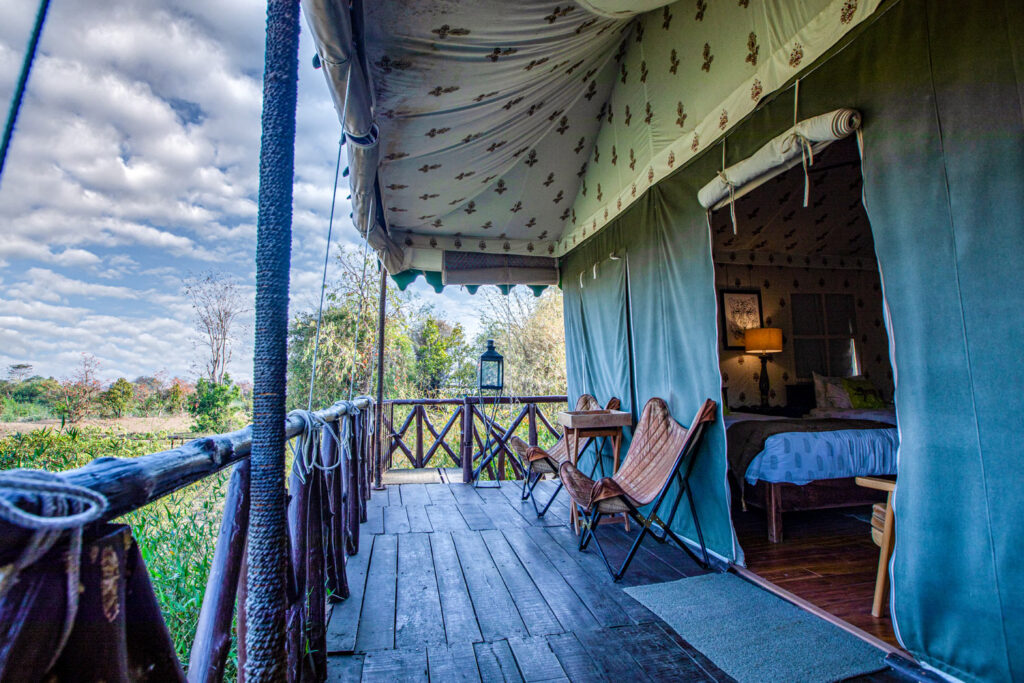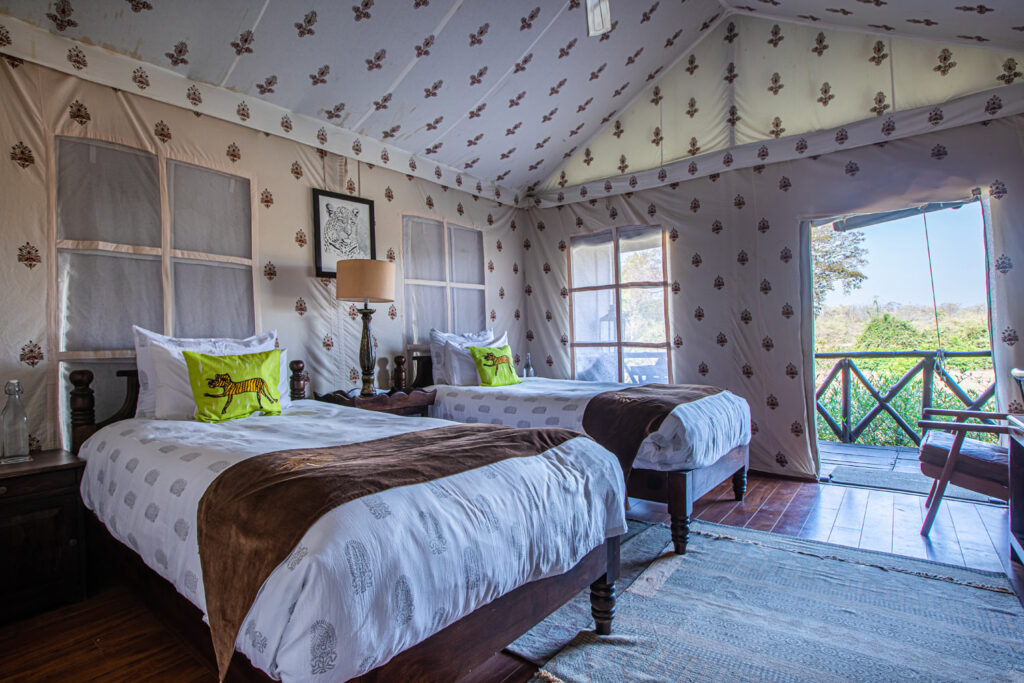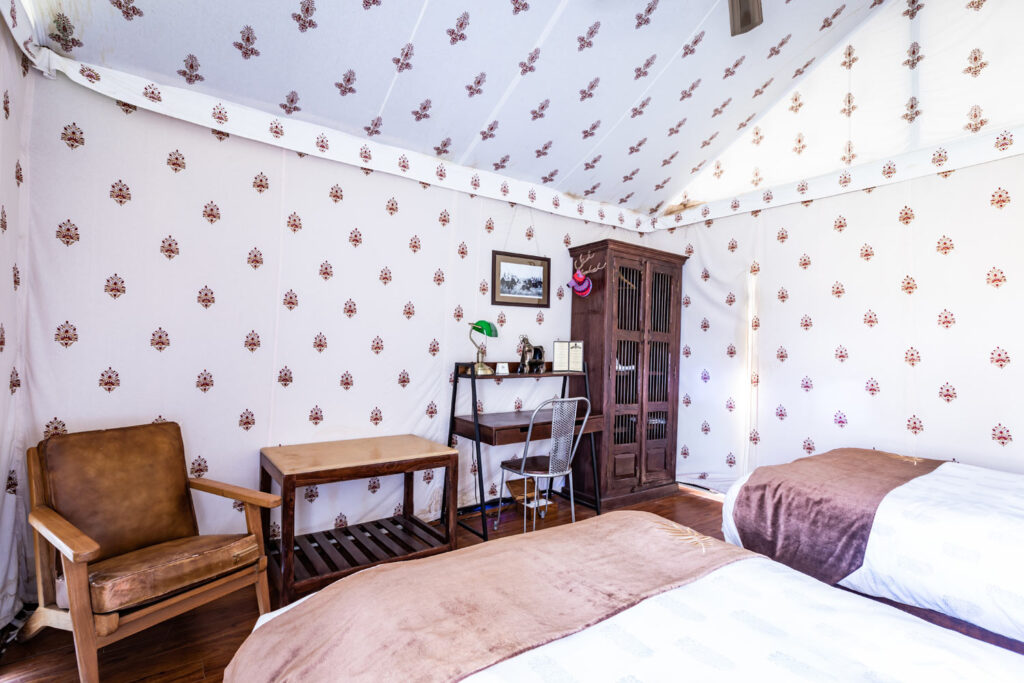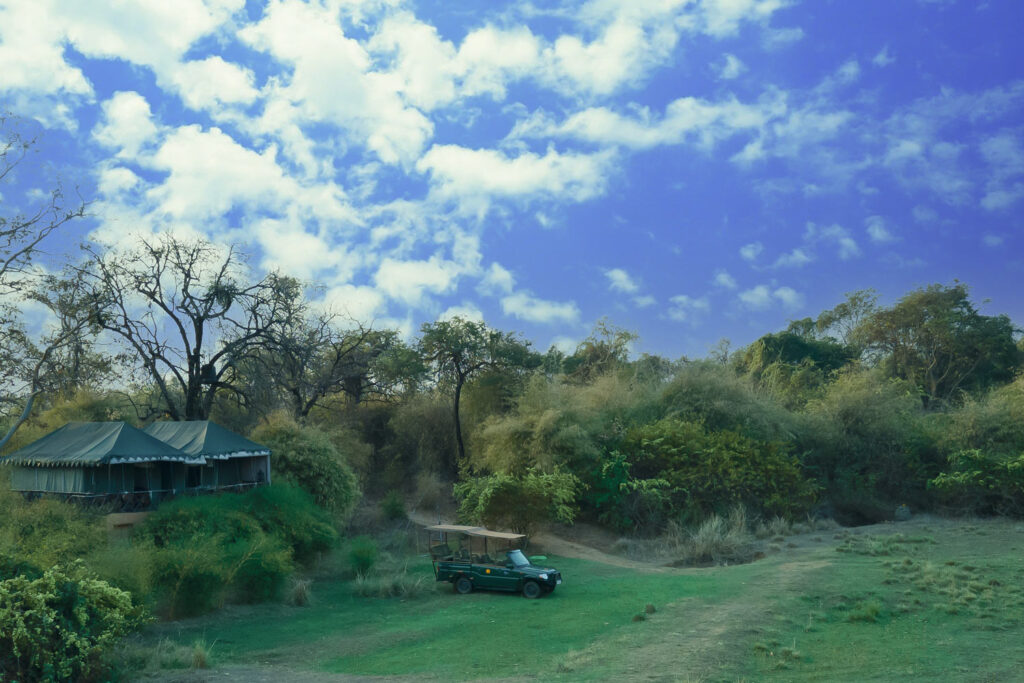While the success of Project Tiger witnessed a substantial increase in tiger numbers, it also brought new challenges in its wake. The forest corridors, which were fragmented to accommodate growing human population, were now also sheltering more tigers. The farmer’s plight of reduced agricultural output due to soil degradation and depredation, coupled with crop raiding by the ungulates on their land brought them into conflict with the same animals that they historically lived in harmony with. Stories of man-animal conflicts, animal electrocution, carcass poisoning, etc. started making the rounds more often. The solution lay in providing alternate means of livelihood for the farmers and thereby allowing these lost or marginal farm lands for re-wilding and to transform the tigers from being the “deprivers” to “providers” for the local villages adjoining the National Parks. Hence we are proud to mention that we are the pioneers in launching the very innovative model of “Community Owned Community Operated Nature Conservancies ( COCOON CONSERVANCIES)”, wherein we have been able transform the marginal farm lands abutting the National Parks, which are also falling on the migratory routes of the wild animals, to re-wild, and have from own CSR funds built high end , low impact eco-wildlife tourism home stays for the farmers ( who shall continue to own the land and tourism infrastructure on it), and are assisting them in running these home stays with training, marketing back-up and financial assistance. Camp Alizanza provides an impactful experience of being close to wilderness for the guests camping overnight at Alizanza, an area immediately adjoining the CTH of Tadoba – Andhari Tiger Reserve.
